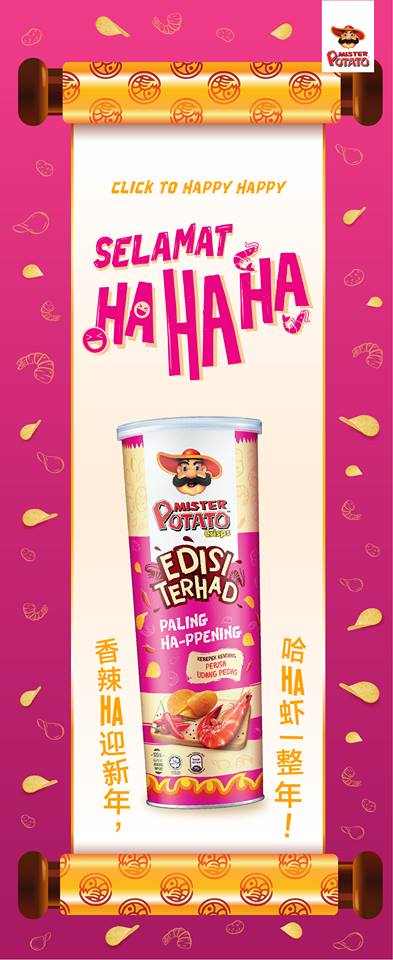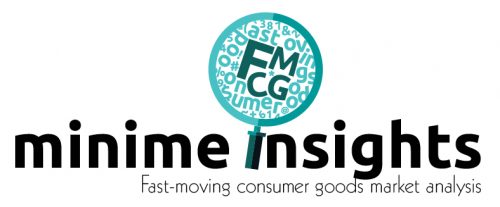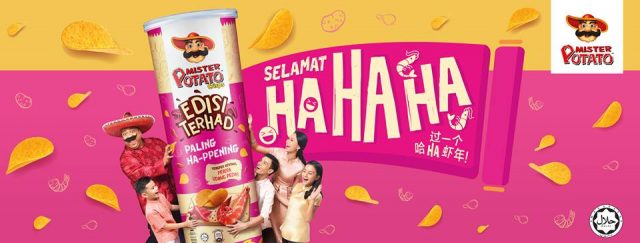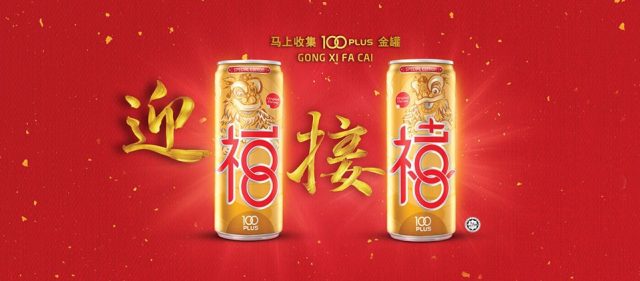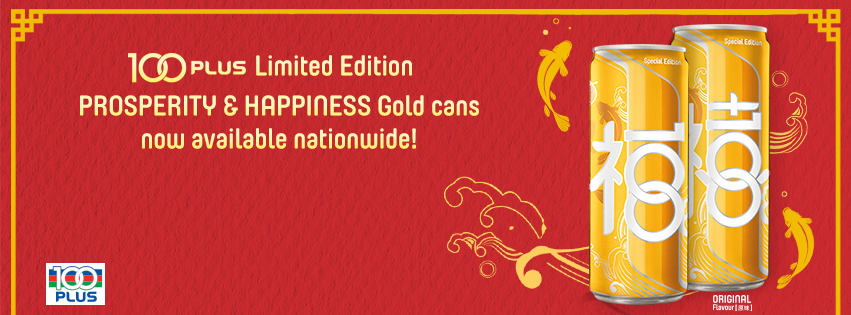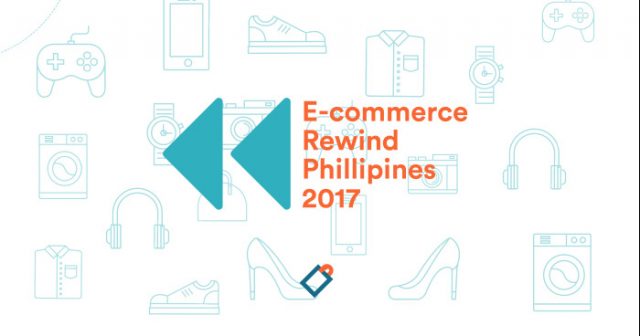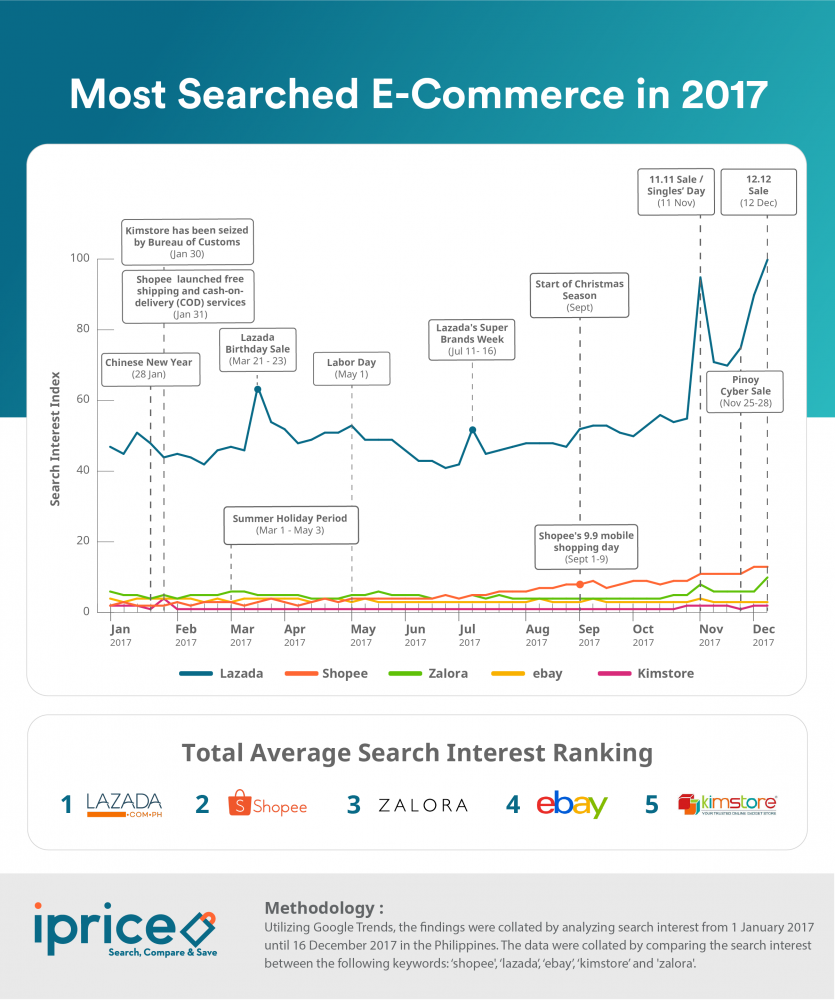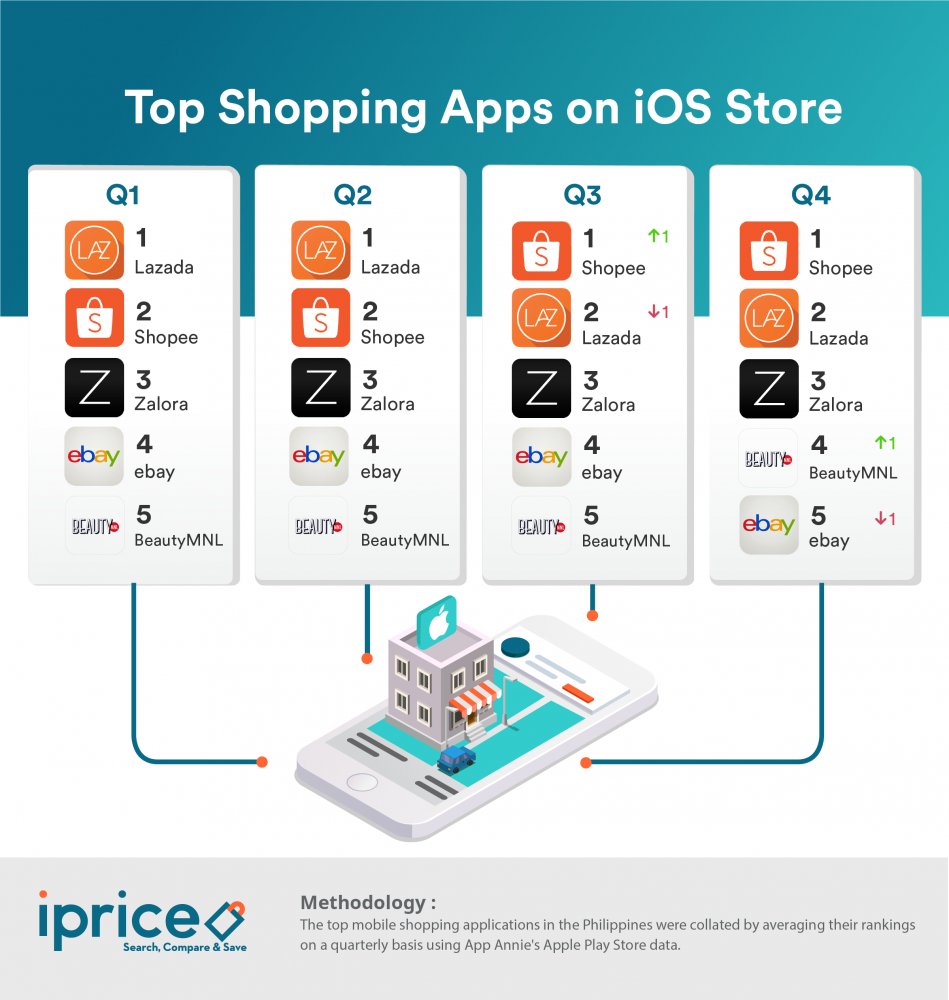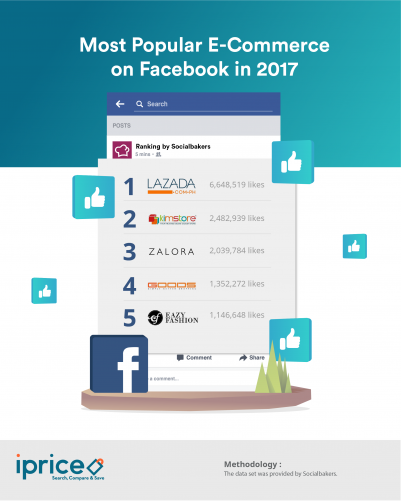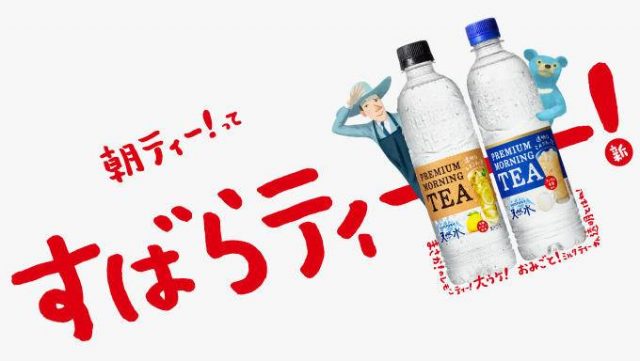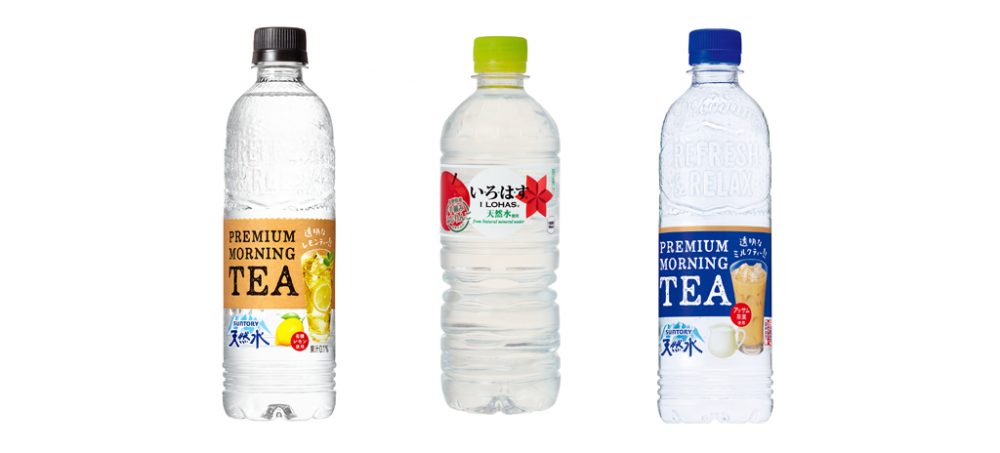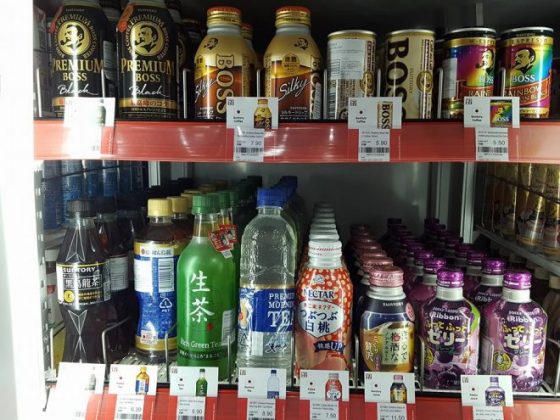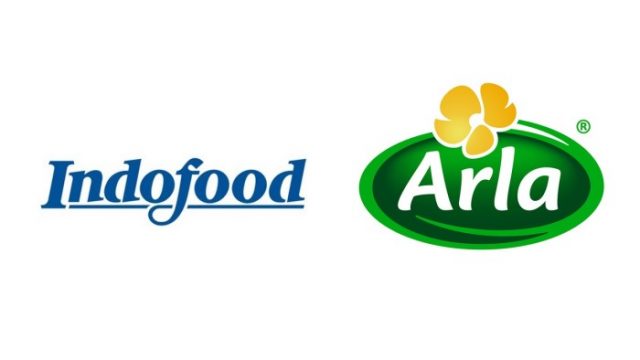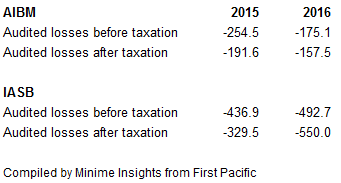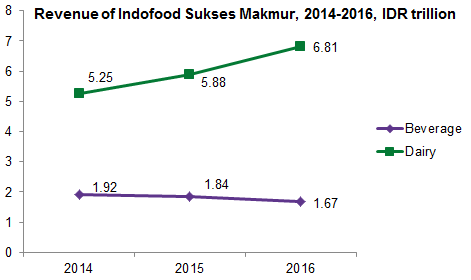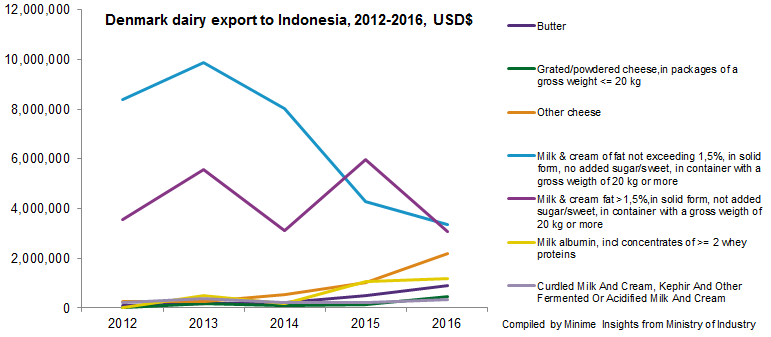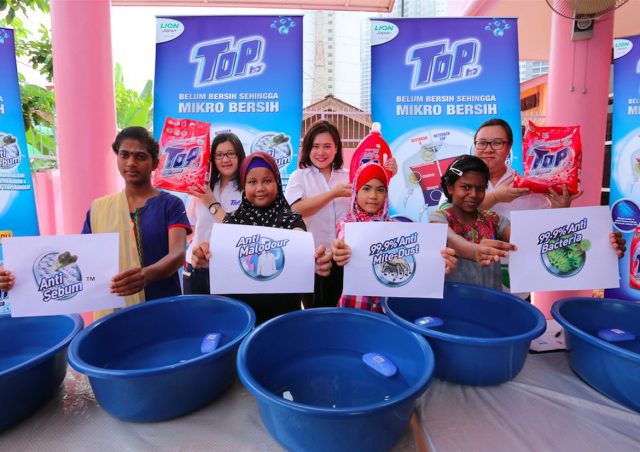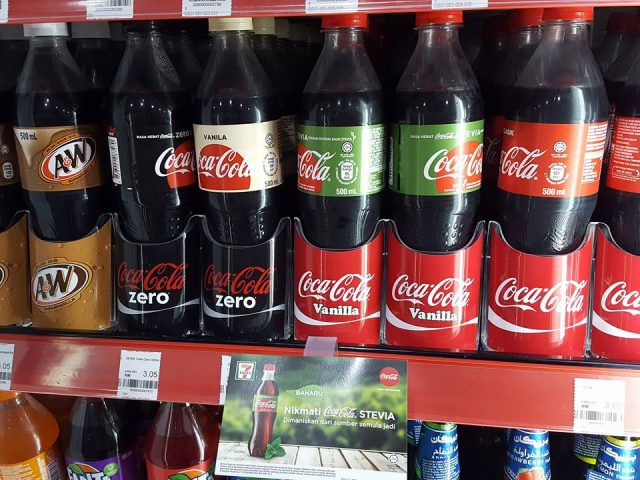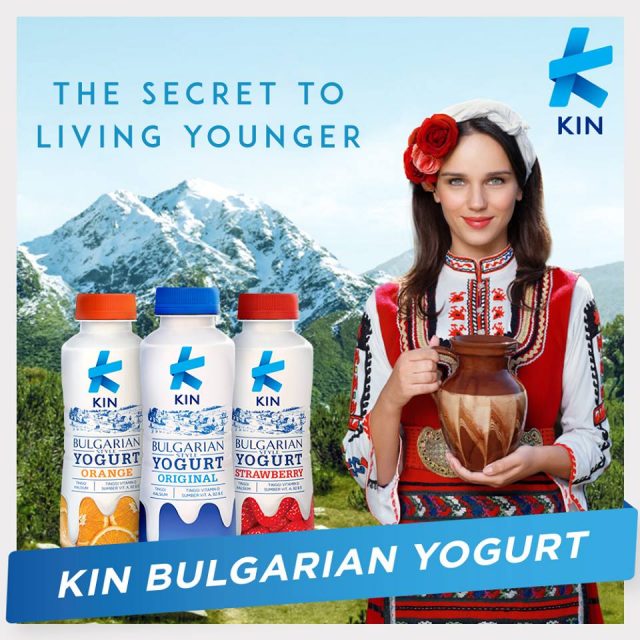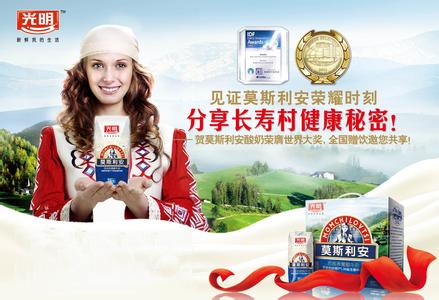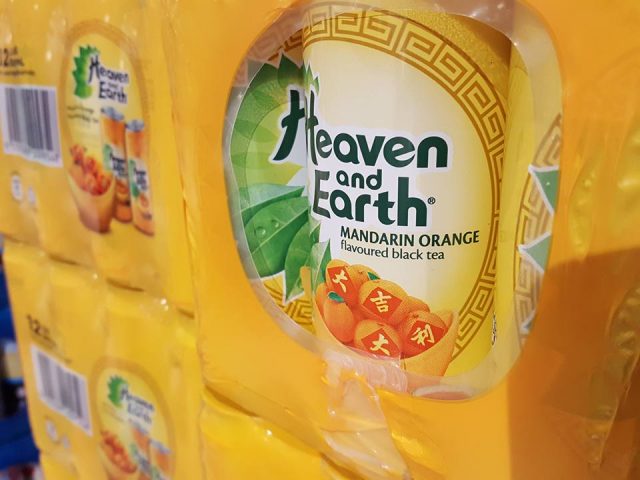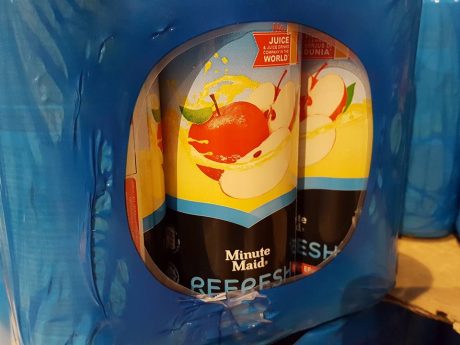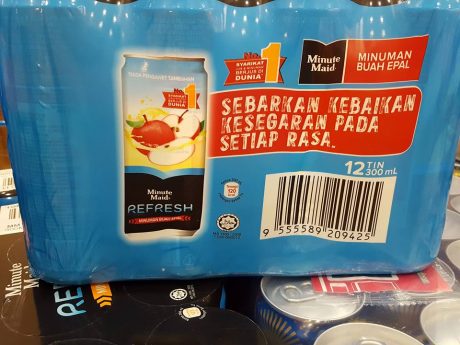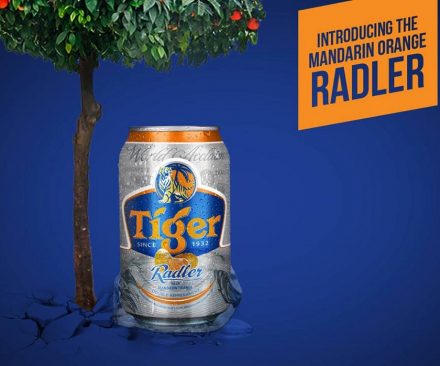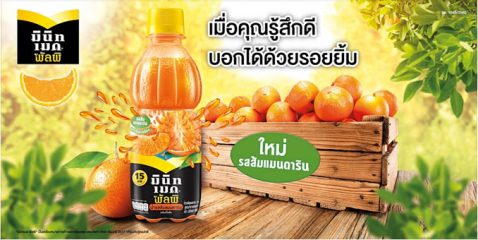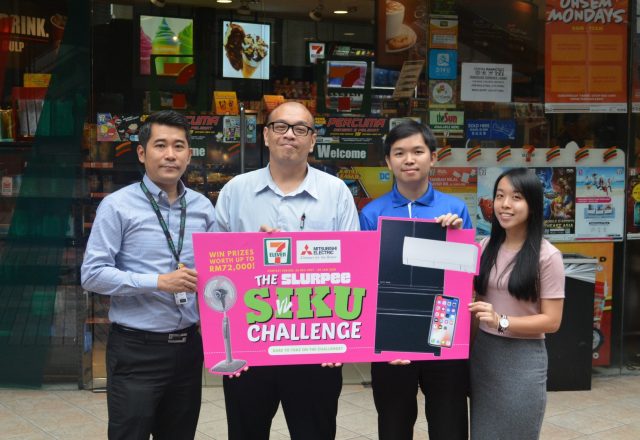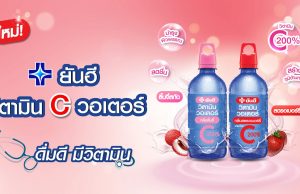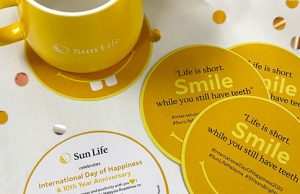Kuala Lumpur, January 10, 2018 –TOP, the No.1[1] brand in Peninsular Malaysia in the Detergent category brought back-to-school cheer to more than 400 children from across the nation, through its ‘A Brighter Future with TOP’ campaign that successfully raised funds for new school uniforms, shoes and socks.
TOP collaborated with leading retailer, Giant to carry out the charity fund raising campaign from November 13 to December 13, which saw 30 cents from the sales of selected TOP products from all Giant outlets nationwide channeled towards providing the back-to-school necessities for children aged between 7 to 17 years from 18 care organizations.
The school necessities include a full school kit of brand new uniform, shoes and socks for each child.
The campaign had two simple objectives, which is to give these children new uniforms that they can take pride in, that can motivate them to achieve more by boosting their self-confidence and self-esteem; and to educate them on the importance of a hygienic lifestyle, including caring for their clothing so that they are clean and hygienically laundered.
Uniforms for children from care organization across the nation will be ready for collection before school reopens, giving the children the peace of mind that they will be dressed for success in the new school year.
As part of the education component of the campaign, the Southern Lion team, held a laundry workshop for the children from Rumah Solehah and Rumah Kebajikan Karunai Illam at Rumah Solehah. The new school uniform kits were also presented to the children at this event.
The children were actively engaged in learning how to read garment labels to determine how the items should be laundered, how to correctly use washing machines especially on how much detergent and softener are to be used based on the load size, and the hands-on ‘hand wash’ session that had the young participants splashing around happily.
At the close of the event, the children tried on their new school kits, looking smart, and smiling broadly.
Southern Lion Sdn Bhd General Manager, Ms Carmen Foo thanked Giant and its customers for their generous support of the program that has brought much hope and joy to more than 1,200 children from care organization across the nation since its inception over the past two years.
“We are grateful for the support of Giant and their customers, who have given generously to support a cause that is close to our hearts, and that means a lot to children who have much less than what we take for granted. Their kind support has given hope and joy to children who can look forward to starting the school year with new uniforms, just like their other schoolmates. In return TOP is glad to provide the innovation and benefits of our products to all. We are proud to be part of an initiative that is motivating more children to enjoy a brighter future. Our thanks to all TOP users who have made this possible for the third consecutive year,” said Ms Foo.
Rumah Solehah administrator, Cik Fathiiah, mentioned that TOP has stepped up to assist these children in a meaningful way making them happy. “We value the contribution for it has help us tremendously in caring for the children’s needs and educating our children on the responsibility of taking care of their school uniforms,” said Cik Fathiiah.
“We really appreciate the school uniforms, shoes and socks given to us. It is nice to start a new school year with clean and stain free school uniforms. We also had a lot of fun participating and learning in the workshop. This will surely help me to take good care of my new school uniform and other clothing” said Yamini A/P Jagen resident of Rumah Kebajikan Karunai Illam.
TOP, the No.1[2] brand in Peninsular Malaysia in Detergent category, developed by LION Corporation Japan is well-known for championing the concept of hygienically clean living to encourage cleaner laundry, more comfort and a better sense of well-being through its continuous innovative breakthrough Japan technology.
Last year, the brand introduced its TOP Micro-Clean Tech with Anti-Sebum innovation that has given users in tropical climates such as Malaysia a practical solution to the problem of ground-in sweat and sebum. TOP Micro-Clean Tech with Anti-Sebum innovation reaches deep into the fibre core to pull out trapped sebum and sweat effectively.
The TOP Micro-Clean Tech with Anti-Sebum range includes all the functionality that TOP is renowned for including its anti-malodour, anti-mite dust, and antibacterial properties; while the Blooming range includes all these functionalities with FreshCare™ fragrance technology for up to 30 days freshness after washing.
TOP laundry solutions are available nationwide. Among the TOP liquid detergent variants are Stain Buster, Brilliant Clean, Blooming Pleasures, Odour Buster, Colour Protect for top-loading machines, with the Smart Clean variant for front-loading machines. The powder detergent variants include Super White, Super Colour, Super Hygienic and Blooming Freshness for top-loading machines, and Super Low Suds for front-loading machines. TOP Day Fresh softeners are formulated for both top-loading and front-loading machines, and come in variants that include Romantic Pink, Sensual Purple and Serene Blue. TOP Lite is for delicate clothes.
To find out more, please visit http://www.southernlion.com.my or call our customer care line at 1800-88-0133.
Among the 18 charity homes are:-
| |
Kuala Lumpur/Selangor |
| 1 |
Rumah Kebajikan Karunai Illam |
| 2 |
Rumah Solehah |
| |
Kedah/Perlis |
| 3 |
Pertubuhan Bela dan Didik Anak-Anak Yatim & Miskin Daerah Padang Terap |
| 4 |
Batu Grace Home |
| |
Penang |
| 5 |
St Joseph Penang |
| 6 |
Rumah Permata Kasih |
| |
Kelantan/Terengganu |
| 7 |
Persatuan Kebajikan Islam (PERKASA) Terengganu |
| 8 |
Rumah Anak Yatim dan Dhuafa’ Siti Aminah (RAYSA) |
| |
Perak |
| 9 |
Ipoh Boys Home |
| 10 |
Pusat Jagaan Anak-Anak Yatim Nurul Iman |
| |
Pahang |
| 11 |
Pertubuhan Anak Yatim & Kebajikan Darul Izzah (Girls) |
| 12 |
Pusat Jagaan Wanita dan Kanak-kanak Casa Harapan |
| |
Negeri Sembilan |
| 13 |
Vinashini Home |
| 14 |
Pertubuhan Anak Yatim Darul Aminan (PAYDA) |
| |
Melaka |
| 15 |
Pertubuhan Kebajikan Anak-anak Yatim Islam Daerah Jasin |
| 16 |
Pusat Jagaan Kanak-Kanak Harapan Bukit Baru |
| |
Johor |
| 17 |
Rumah Anak anak Yatim Shafar |
| 18 |
Esther & Daniel Home |
About Southern Lion Sdn Bhd
Southern Lion Sdn. Bhd. is a 50/50 joint venture company between Lam Soon (M) Bhd and LION CORPORATION, Japan. It continuously improves the quality of life of Malaysia consumers by offering household products of innovative concepts at affordable prices ranged from fabric care, home care and beauty care to oral care. Southern Lion is the first detergent manufacturer to be ISO 9001 certified.
[1] Based on Retail Index Service for Detergent category for the 12 months ending September 2017 in Peninsular Malaysia. (Copyright © 2017, The Nielsen Company (M) Sdn Bhd)
[2] Based on Retail Index Service for Detergent category for the 12 months ending September 2017 in Peninsular Malaysia. (Copyright © 2017, The Nielsen Company (M) Sdn Bhd)
